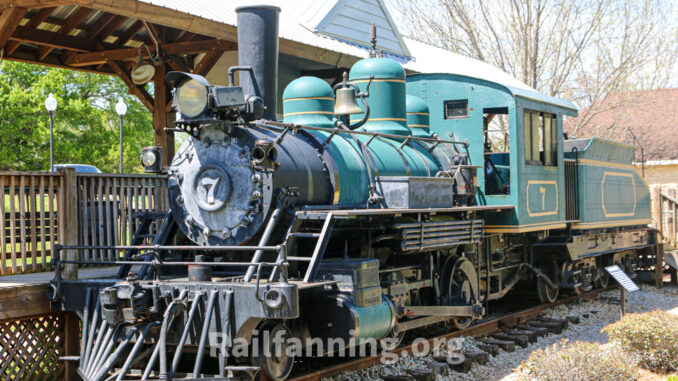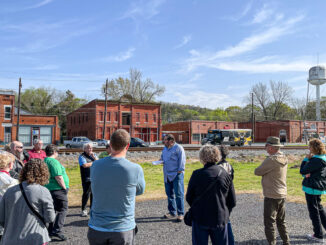
MCDONOUGH, Georgia — June 23, 1900, was a rainy evening, as Southern Railway train number 7, with a few coaches and a Pullman sleeper car in tow, journeyed from Macon, Georgia, to Atlanta.
Engineer J.T. Sullivan was at the train’s throttle, which departed Macon, Georgia, at 7:10 p.m. But he wasn’t supposed to be the engineer that night. The scheduled engineer’s daughter had pneumonia, and Sullivan agreed to fill in for the run.
The train arrived in McDonough on time. The train was usually coupled with a connecting train from Columbus, Georgia, to run to Atlanta. However, the train from Columbus did not arrive on time, and the train departed for Atlanta with fewer passengers than usual.
Because of the heavy rain, some passengers were nervous about the journey. When Sullivan was told of this, he ominously remarked, “We’ll either be having breakfast in Atlanta or Hell.”
Around 9:53 p.m., it approached the Camp Creek trestle — about a mile-and-a-half from McDonough. Heavy rain caused the creek to swell, washing away the trestle’s brick supports.
Sullivan saw the washed-out bridge and tried to apply the brakes. But he was too late, and the northbound train plunged 60 feet into the swollen creek below.
The locomotive burst into flames, followed by the coaches, killing 35 of the 45 passengers aboard the train. The Pullman car did not burn, and the train’s 10 survivors were all in the Pullman car at the time of the crash.
After the wreck, flagman J.J. Quinlan successfully scaled the muddy embankment and, despite his injuries, ran back to McDonough to warn following trains about the washed out bridge.




